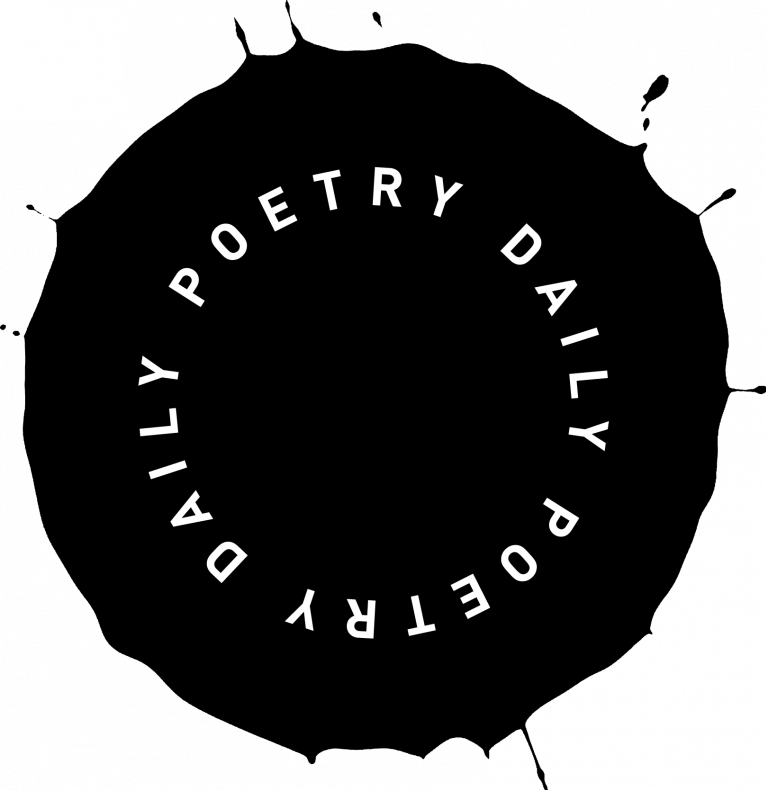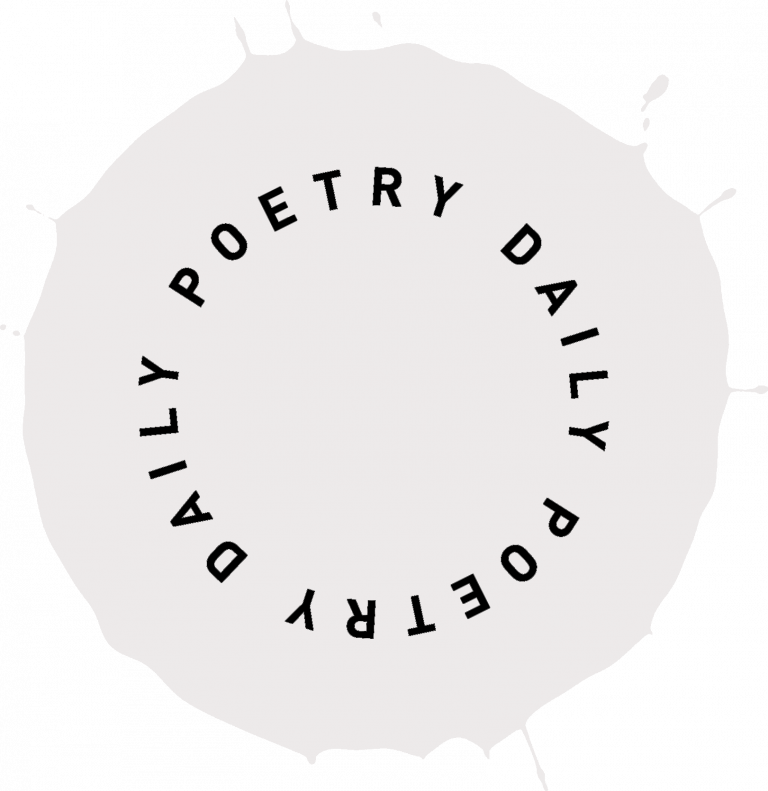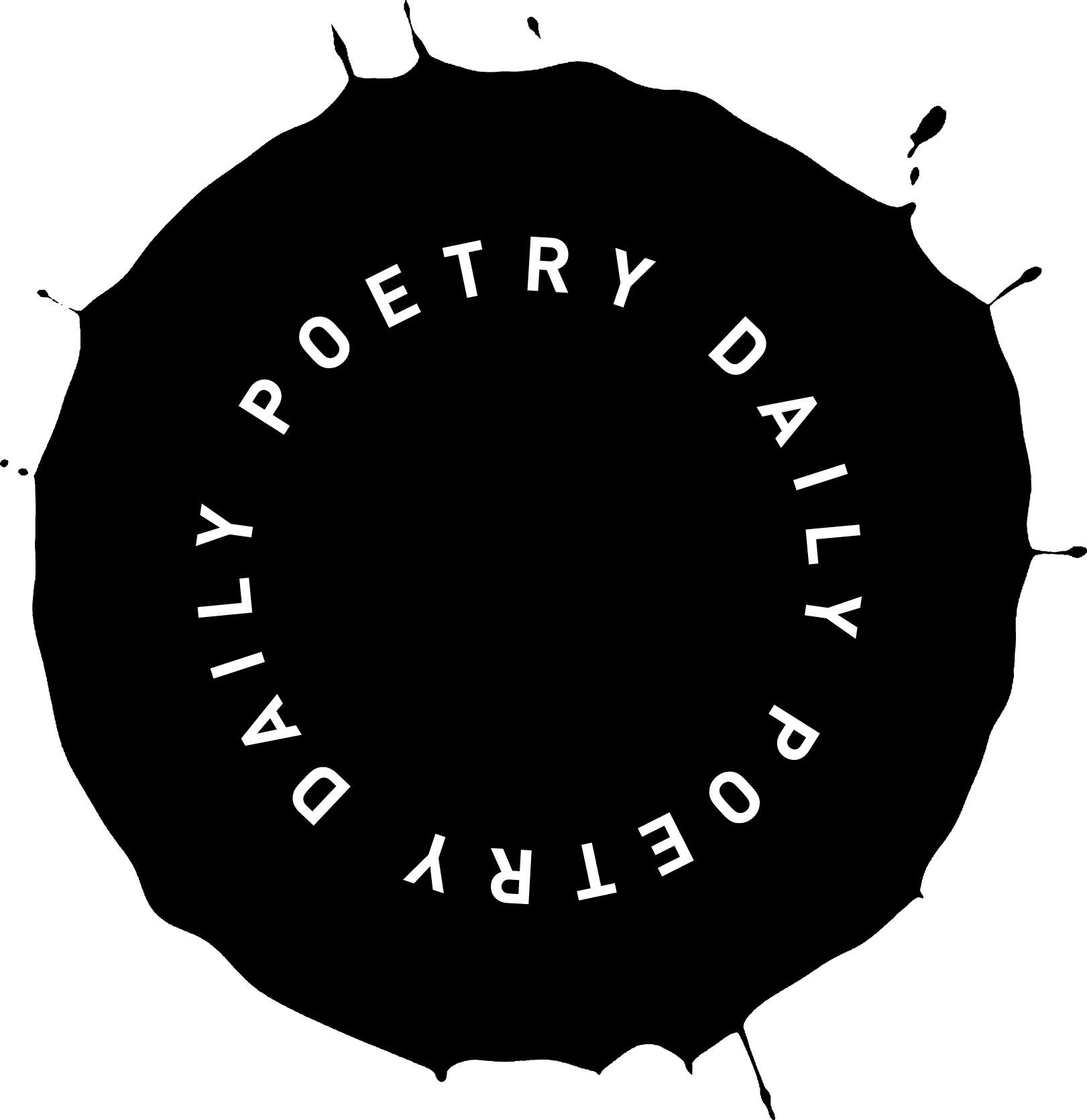Maya Lin was a senior at Yale University when her design for the Vietnam Veterans Memorial was selected from a pool of over 1,400 submissions. Because Lin was not yet an architect, the late Kent Cooper of Cooper-Lecky Architects was hired to communicate with the federal Fine Arts Commission and oversee the installation of “The Wall” in Washington, DC. The monument was dedicated in 1982 after some controversy among veterans’ organizations and other groups who disliked Lin’s minimalist design of black granite inscribed with the names of approximately 58,000 veteran men and women who were killed or went missing in the Vietnam War. Two months before the memorial’s dedication, it was decided that a flagpole and a statue of three soldiers would be added to the entrance in a gesture of compromise. This more conventional addition was completed and erected in 1984. In 1993, a bronze sculpture featuring three women was also added to commend the work of the 10,000 plus women who served in Vietnam. These moments of indecision, handwringing, and compromise are not unlike the moments of tension in poetry regarding representation, audience, agency, authenticity, authority, seniority, access, and accessibility, and so on.
This piece is in praise of Komunyakaa’s leaning into black granite, and how the “black face fades, / hiding inside.” The poem sparks in its surreal moments, the ones in which a seemingly endless black mirror captures the man who stands before it—and everything around him. To say, “I’m stone. I’m flesh,” is to speak, perhaps, in a soldier’s voice. One can imagine a soldier reciting those very words seconds before entering combat or the chapel doors of a memorial service. It’s a moment, too, when Komunyakaa, a Vietnam Veteran, briefly introduces the duality and conflict that will persist throughout the poem. It seems, too, a nod to the unexpected in art, a nod to “getting” Lin’s design. Despite the initial controversy, after all, the Vietnam Veterans Memorial is one of the most popular national U.S. monuments, attracting thousands of visitors each year.
Much of the poem’s brilliance resides in its house of mirrors tango with the present, with memory, and with the past. The stone wall is an entity unto itself—one whose intensity shifts with the light. The poem’s images float and cut: brushstrokes and wings, pale eyes, and lost arms—brutality and deliverance. It’s a poem that conveys trauma and “triggering” in ways that outlast what sometimes feels like the overuse of those words to the point of meaninglessness or numbness. It’s a poem that communicates a haunting quiet and internalized doubt. It’s unlikely that many groups would have objected to a memorial of conventional statues back in 1982. I’m grateful for Lin’s art that unsettled its initial viewers, that trusted veterans and visitors would see themselves reflected in the granite for better or worse, and for “Facing It,” which encapsulates that power so memorably in a poem.




